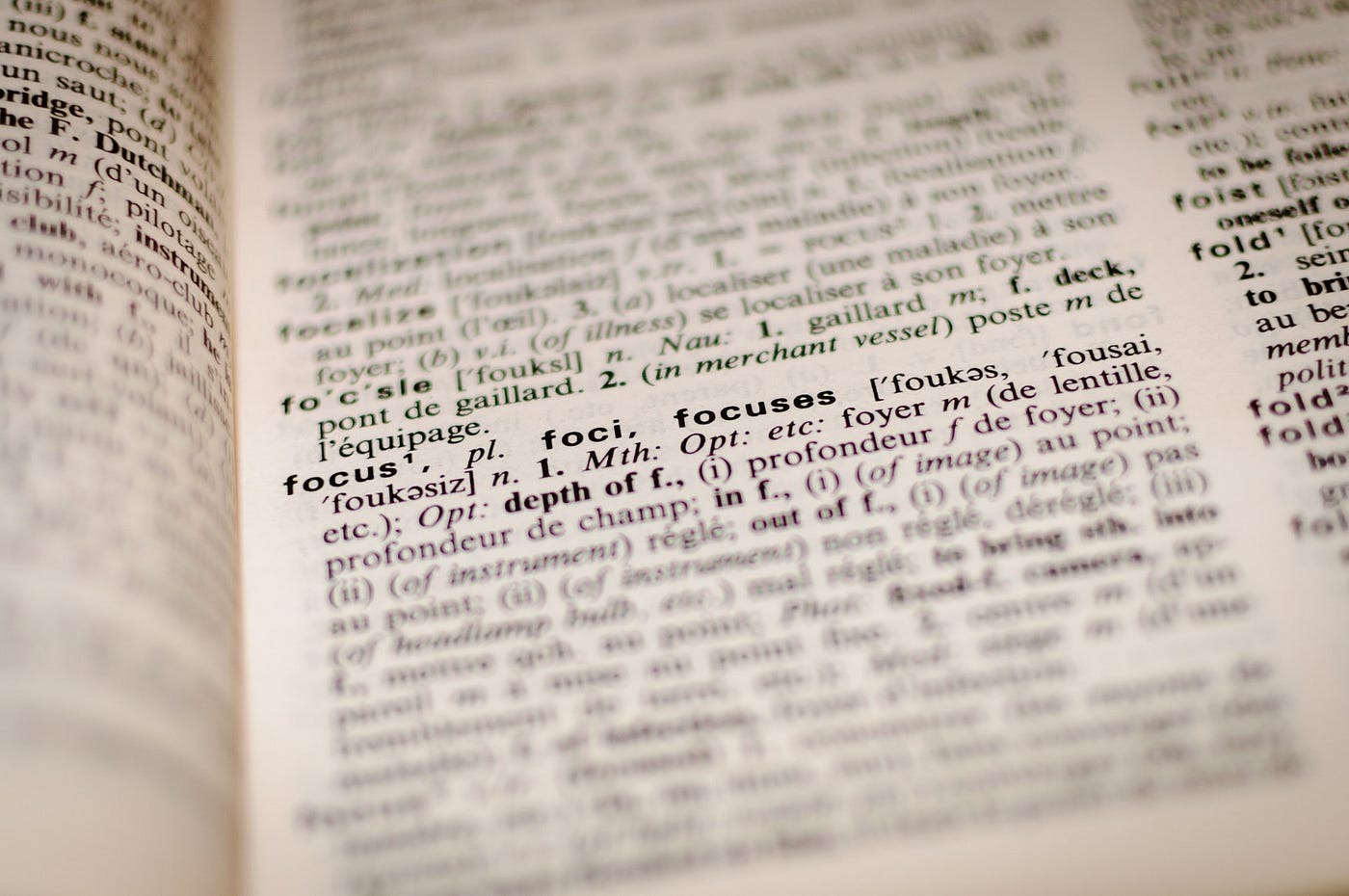Preserving historical documents is a crucial endeavor, as these materials offer valuable insights into the past. Optical Character Recognition (OCR) technology has emerged as a powerful tool for digitizing and preserving historical documents, ensuring that their contents remain accessible to future generations. In this expert article, we will explore the significance of OCR in historical document preservation and its transformative capabilities.
Unlocking the Past with OCR
Historical documents, such as handwritten manuscripts, ancient scrolls, and fragile books, often face the threat of deterioration over time. These documents hold immense historical, cultural, and educational value, making their preservation a top priority. OCR technology plays a pivotal role in this endeavor by converting printed and handwritten text into digital formats.
The OCR Process
Optical Character Recognition is a technology that scans and analyzes text characters within an image or document. The process involves several key steps:
Image Capture
High-quality images or scans of historical documents are captured to ensure clear and accurate representation.
Text Recognition
OCR software analyzes the captured images, recognizing and converting the text content into machine-readable characters.
Digital Storage
The recognized text is then stored in digital formats, making it searchable and easily accessible for researchers, historians, and the general public.
Advantages of OCR in Historical Preservation
Preservation of Fragile Documents
Many historical documents are fragile and susceptible to damage from handling. OCR eliminates the need for physical contact with these delicate materials, reducing the risk of deterioration.
Searchability and Accessibility
Digitized documents are searchable, allowing researchers to quickly locate specific information within vast archives. This accessibility facilitates historical research and promotes a deeper understanding of the past.
Translation and Transcription
OCR technology can not only recognize text but also translate it into different languages and transcribe handwritten content into machine-readable text. This capability broadens access to historical documents for a global audience.
Challenges and Considerations
While OCR is a powerful tool for historical document preservation, it is not without challenges. Handwritten scripts, complex layouts, and faded ink can pose difficulties for accurate text recognition. OCR software continues to improve, but human verification and correction may still be necessary in some cases.
The Future of Historical Document Preservation
The future of historical document preservation is intertwined with advances in OCR technology and digitization efforts. As OCR algorithms become more sophisticated, they will better handle diverse writing styles and languages, further expanding the scope of digitization projects.
Additionally, the use of Artificial Intelligence (AI) and Machine Learning (ML) in OCR is on the rise. These technologies enable OCR systems to learn and adapt to different historical writing styles, enhancing accuracy and efficiency.
Conclusion: Safeguarding Our Heritage
OCR technology stands as a formidable ally in the preservation of historical documents. By digitizing these invaluable materials, we ensure that our collective heritage remains accessible, searchable, and protected for future generations. The power of OCR lies not only in its ability to transform physical documents into digital archives but also in its role as a guardian of our past.

